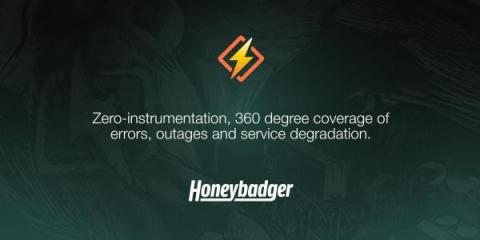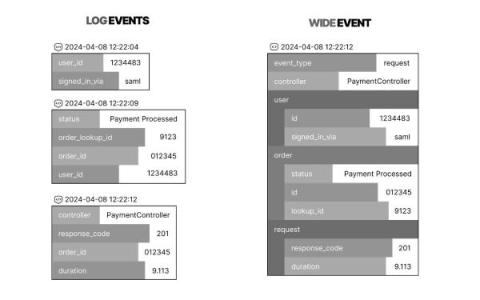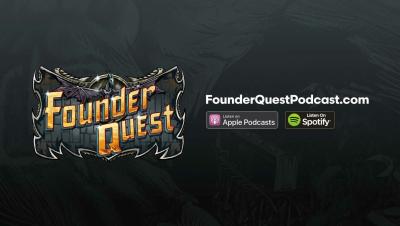Top ten Git tips & tricks
Git is one of the most widely used collaboration tools in Software development. Even software developers working without teams often use Git as a version control system. Most people interact with Git through the command line, but many code editors and IDEs have Git integrations with built-in tools to make your workflow easier. Though Git is widely used, many developers only have a surface-level appreciation of all that Git has to offer.








